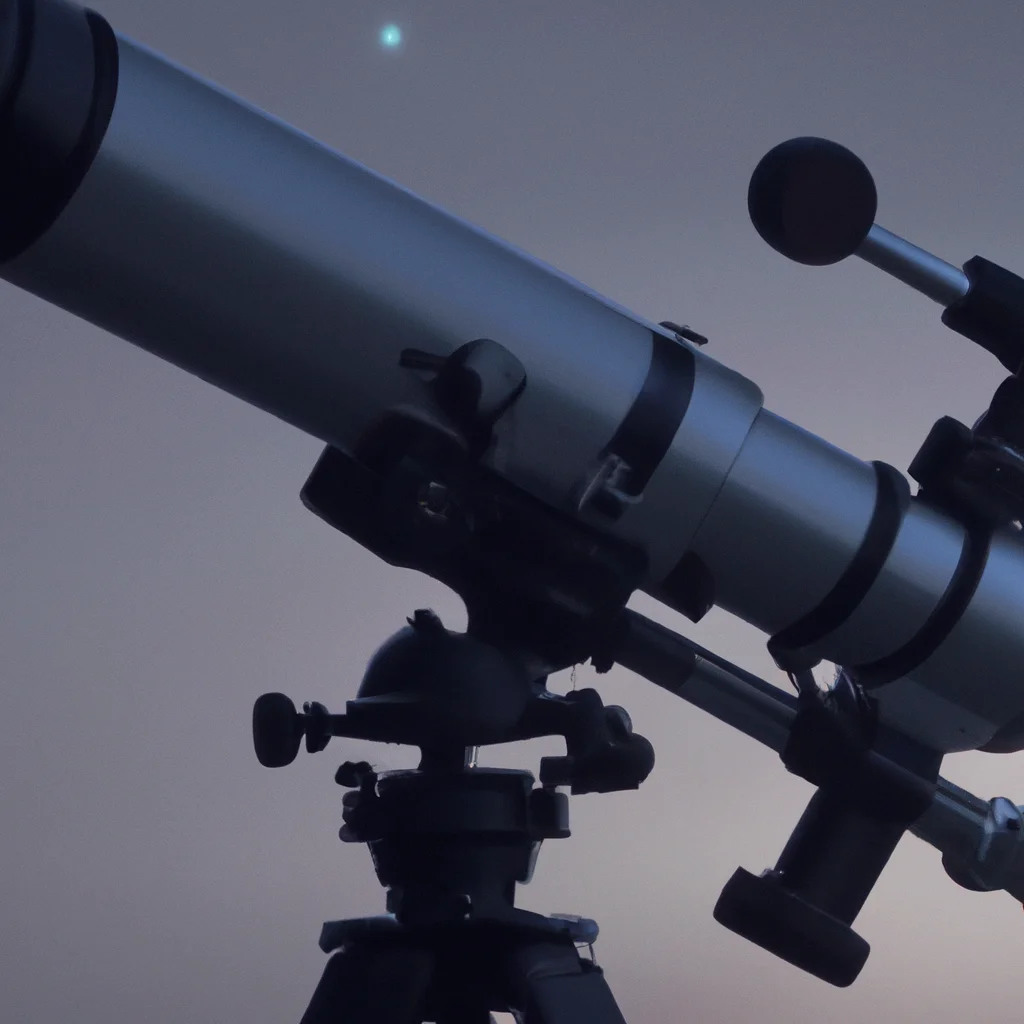How does a telescope magnify distant objects?


How does a telescope magnify distant objects?
When we look up at the night sky, we see countless objects that are millions of miles away from us. While our eyes can capture the beauty of celestial objects, they cannot provide us with a detailed view of them. This is where telescopes come in. Telescopes are instruments that allow us to see distant objects with greater clarity and detail. But how does a telescope magnify distant objects? In this article, we will explore the optics behind telescopes and how they work to magnify distant objects.
Optics and Astronomy
Astronomy is the study of the universe, and to study the universe, astronomers use telescopes. Telescopes are optical instruments that use lenses or mirrors to collect and focus light. The study of optics is crucial to understanding how telescopes work.
The Optics of a Telescope
A telescope magnifies distant objects by collecting light and focusing it onto a small area. The amount of light that a telescope can collect is determined by its aperture, which is the diameter of the lens or mirror that collects light. The larger the aperture, the more light the telescope can collect, resulting in brighter and clearer images.
The Focal Length of a Telescope
The focal length of a telescope is the distance between the primary lens or mirror and the point at which the light rays converge to form an image. The longer the focal length, the greater the magnification of the telescope. However, this also means that the field of view will be smaller. Conversely, a shorter focal length means a wider field of view, but lower magnification.
Types of Telescopes
There are two main types of telescopes: refracting telescopes and reflecting telescopes.
Refracting Telescope
A refracting telescope, also known as a refractor, uses lenses to collect and focus light. The lens at the front of the telescope, called the objective lens, collects light and bends it to a focus at the focal point. The eyepiece lens magnifies the image, making it appear bigger and closer.
Reflecting Telescope
A reflecting telescope, also known as a reflector, uses mirrors to collect and focus light. The primary mirror reflects light to the secondary mirror, which then reflects light to the eyepiece. The eyepiece magnifies the image, making it appear bigger and closer.
Magnification
The magnification of a telescope is calculated by dividing the focal length of the telescope by the focal length of the eyepiece. For example, if the focal length of the telescope is 1000 mm and the focal length of the eyepiece is 10 mm, then the magnification would be 100x. However, it is important to note that magnification alone does not determine the quality of the image. Other factors such as the atmosphere, the quality of the optics, and the observer’s eyesight can also affect the image quality.
Conclusion
In conclusion, a telescope magnifies distant objects by collecting and focusing light onto a small area. The amount of light that a telescope can collect is determined by its aperture, while the magnification is determined by the focal length of the telescope and eyepiece. There are two main types of telescopes: refracting telescopes and reflecting telescopes. While magnification is important, it is not the only factor that determines the quality of the image. Telescopes have opened up a whole new world of exploration and discovery, allowing us to see things that were once invisible to the naked eye.
Recent Posts
How do I create an engaging and informative online quiz or assessment?
Creating an engaging and informative online quiz or assessment can be a powerful tool for… Read More
What are the most effective methods for managing and reducing work-related stress in the hospitality industry?
Work-related stress is a common issue in the hospitality industry, where employees often face long… Read More
How can I improve my assertiveness and communication skills in a leadership position?
In a leadership position, assertiveness and effective communication skills are crucial for success. Being able… Read More
What are the key elements of a successful employee recognition and rewards program?
Employee recognition and rewards programs play a crucial role in motivating and engaging employees, as… Read More
How do I effectively manage and respond to customer feedback and reviews?
Customer feedback and online reviews play a crucial role in shaping a company's reputation and… Read More
What are the best strategies for effective time management as a stay-at-home parent?
Effective time management is crucial for stay-at-home parents who juggle multiple responsibilities on a daily… Read More